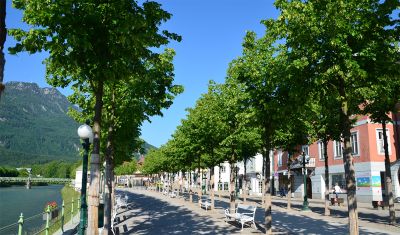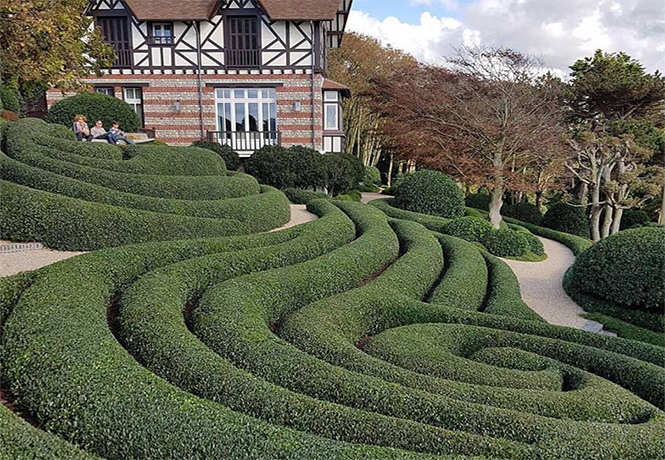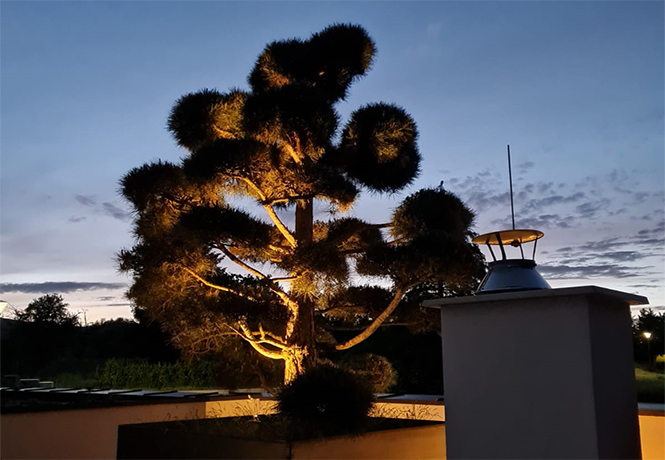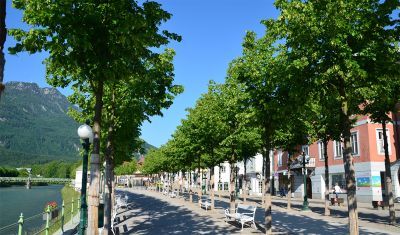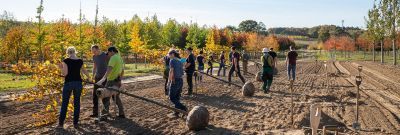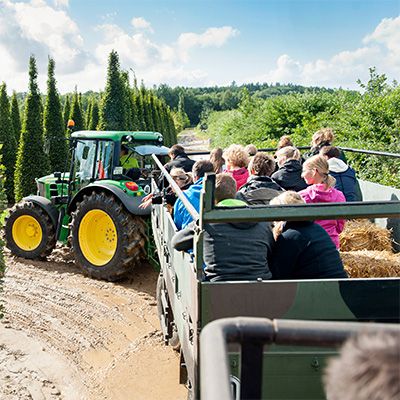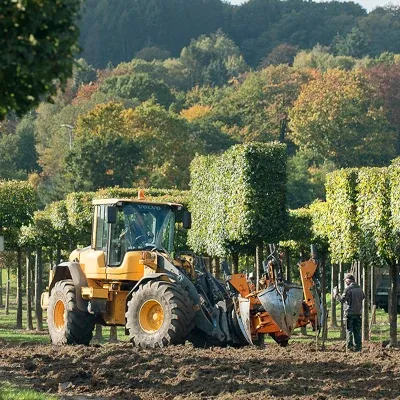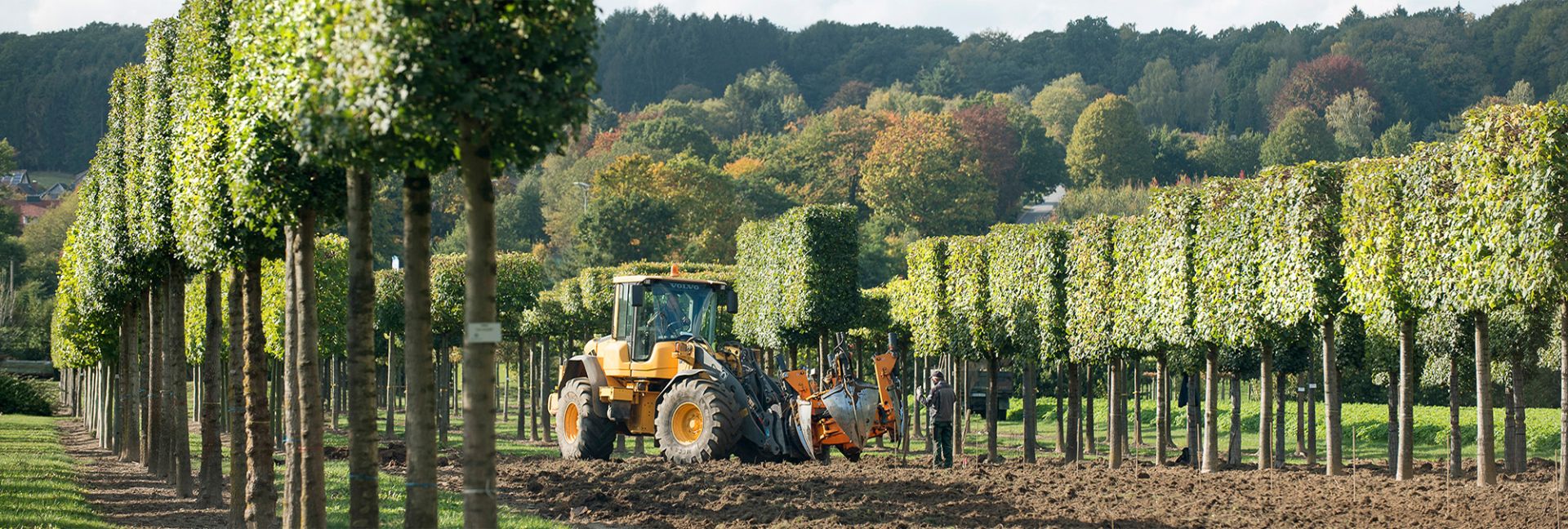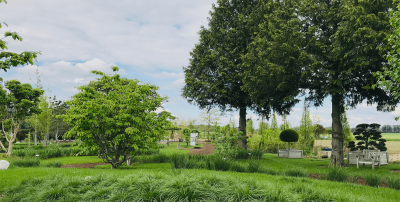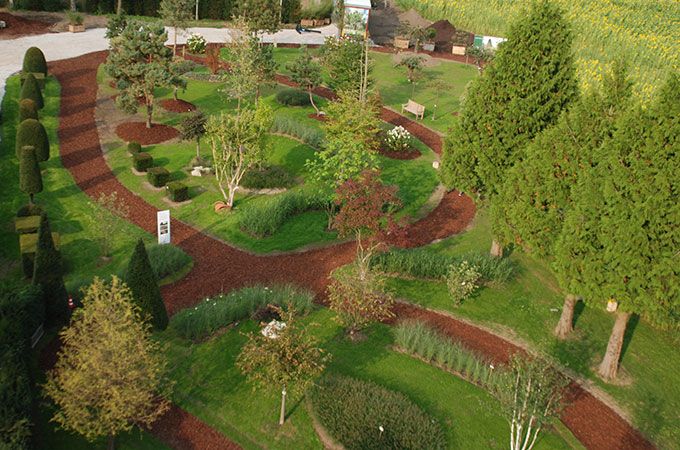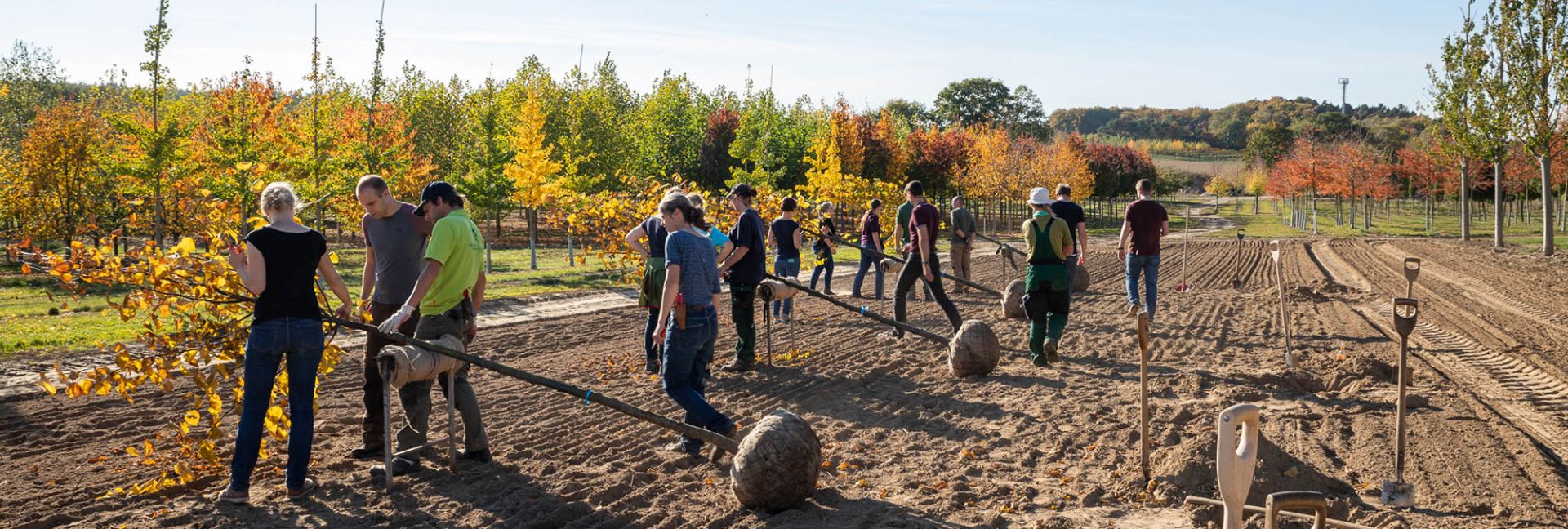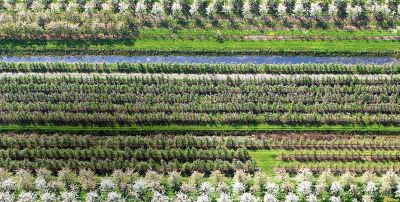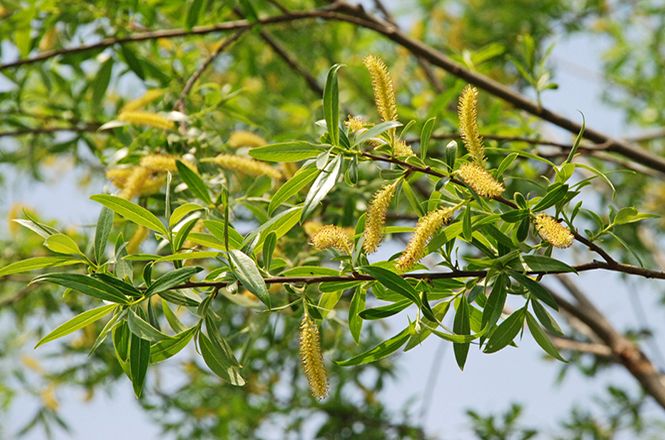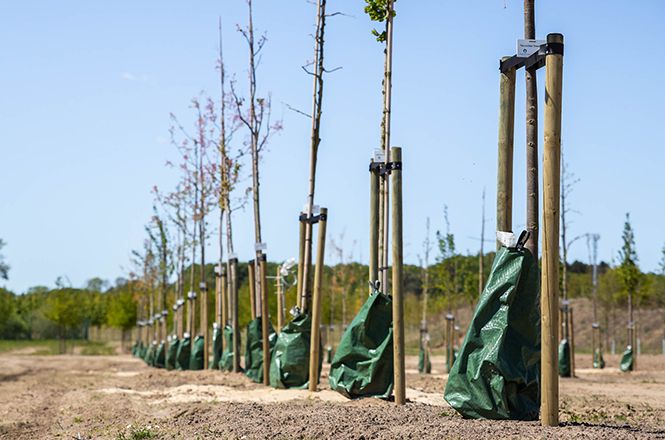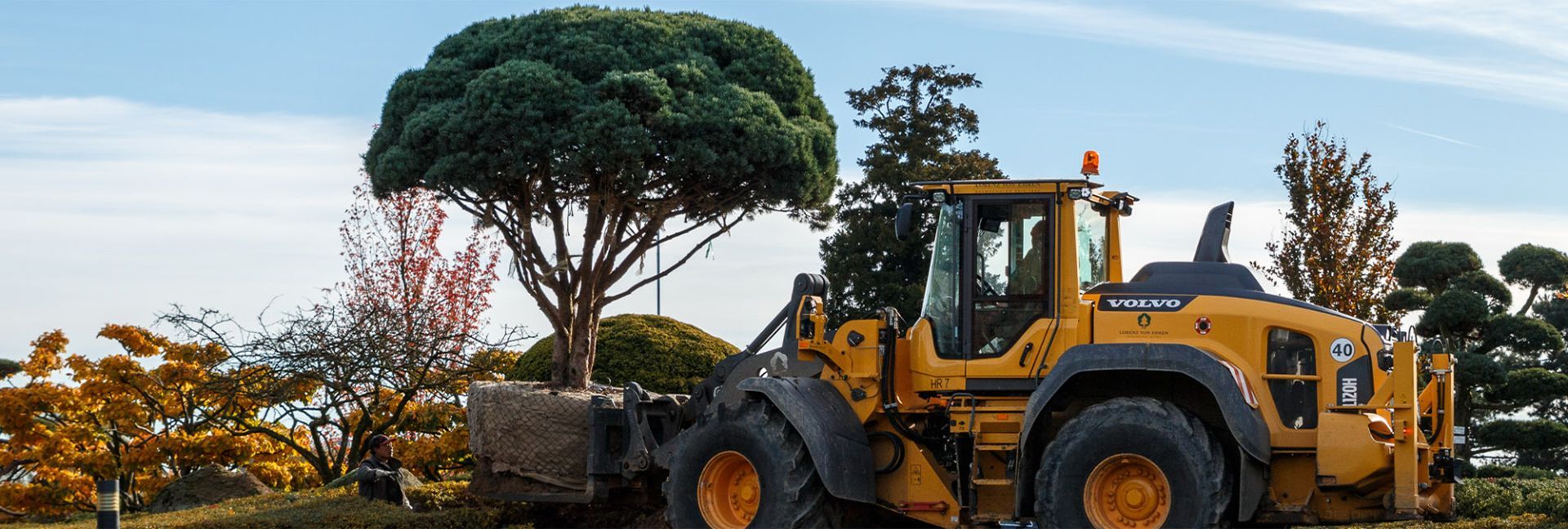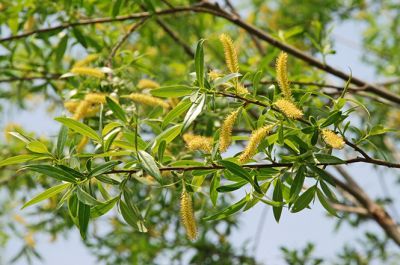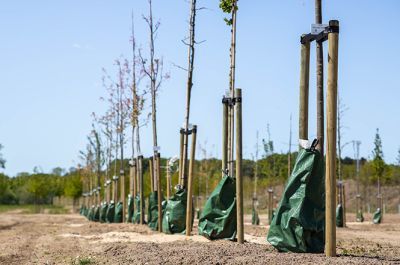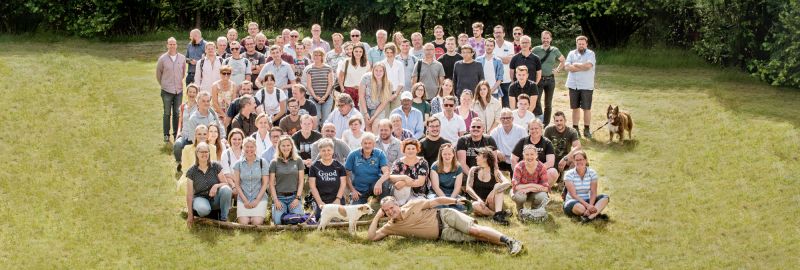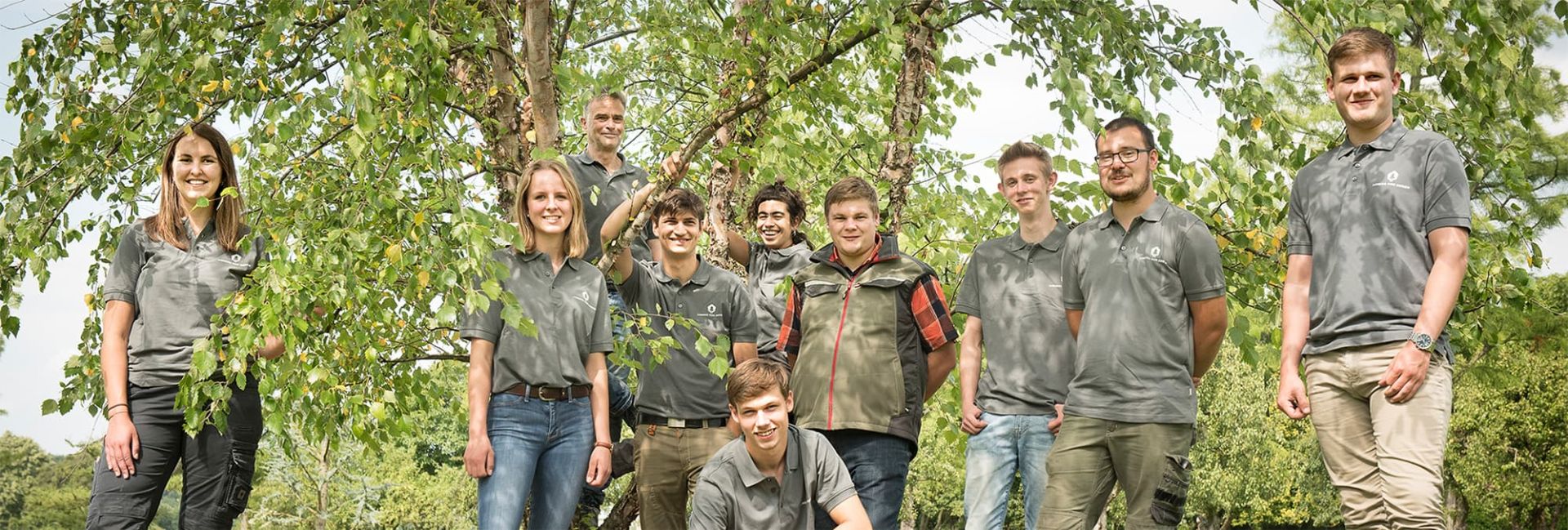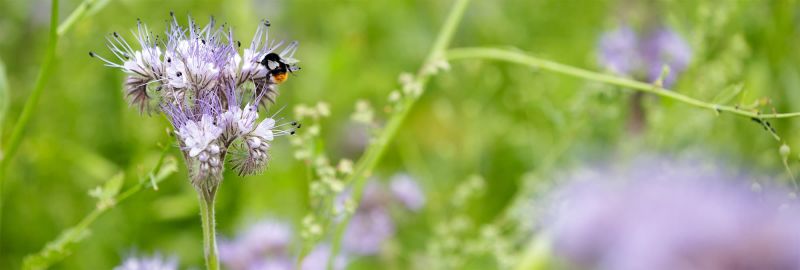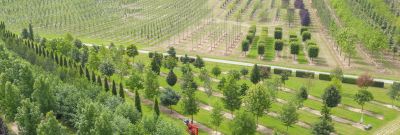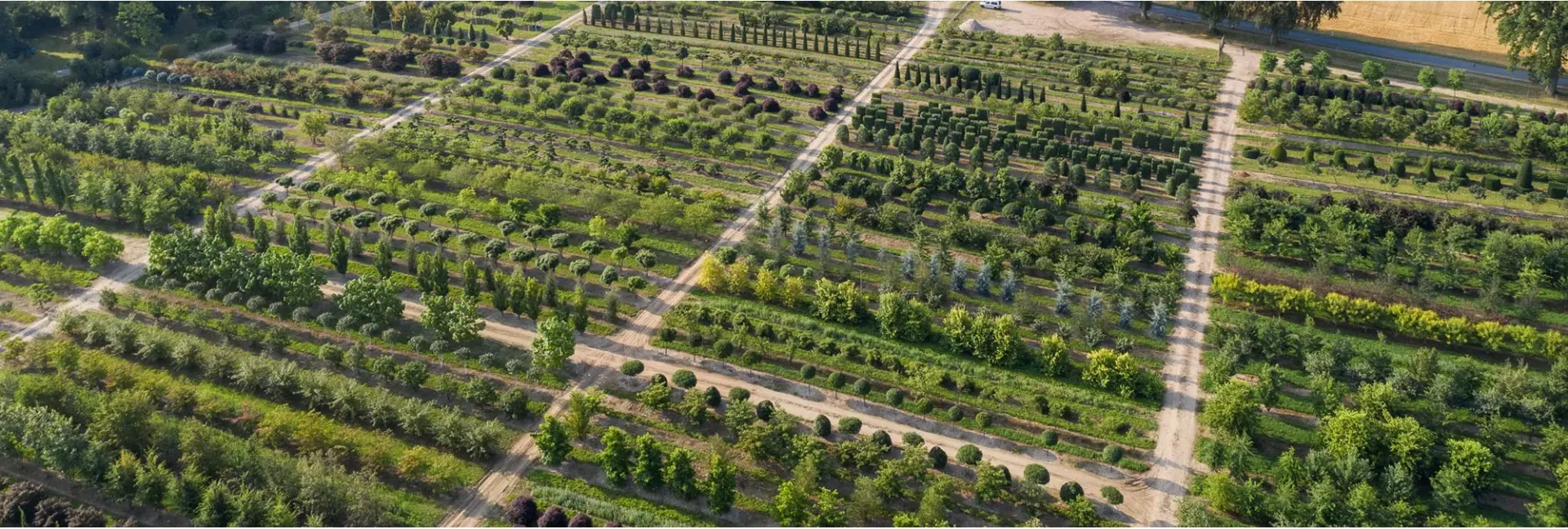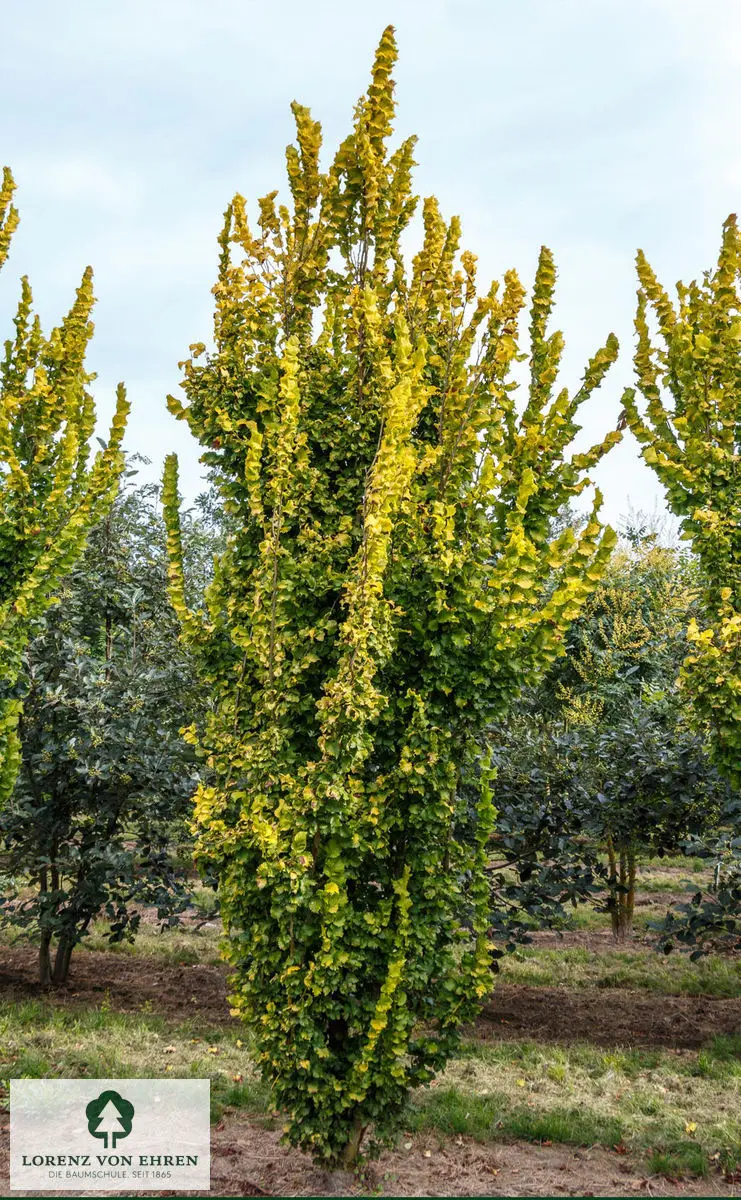Ulmus - Elm
Ulmaceae
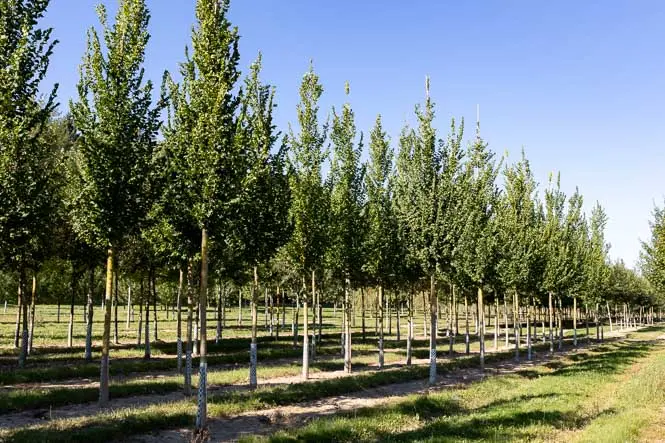
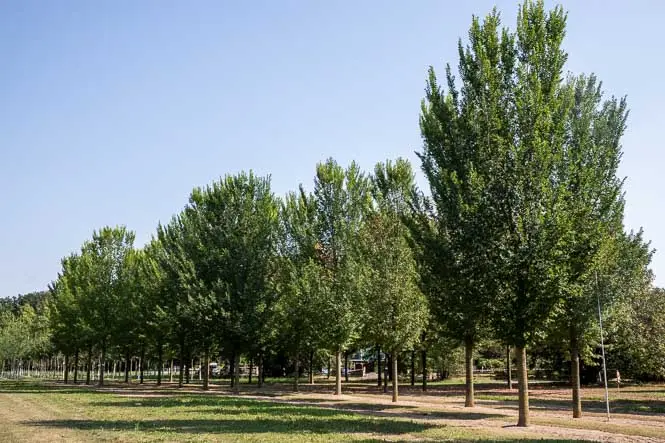
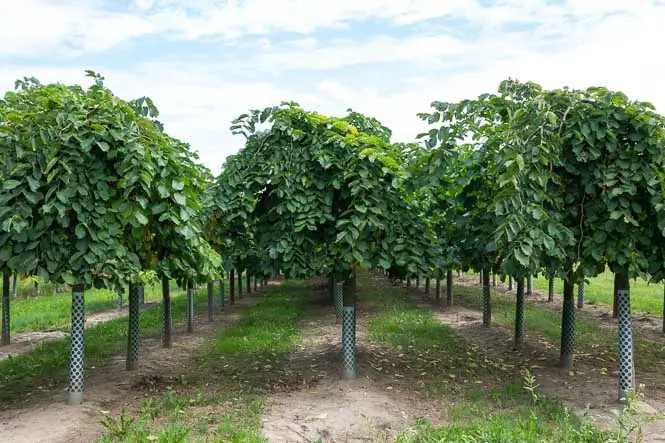
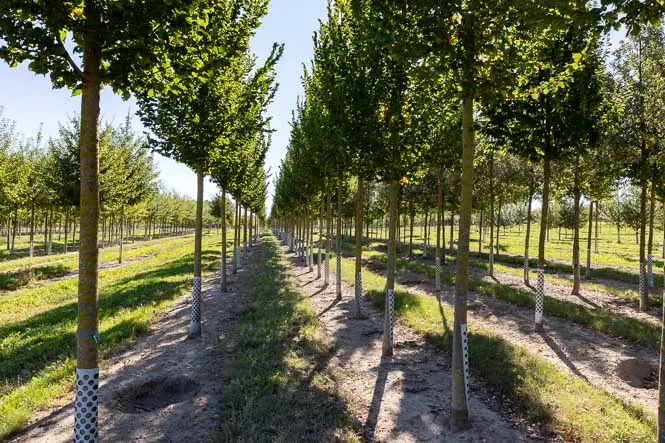
Our Ulmus
In the past, our streets and roads were lined with elms - easily identified by their asymmetrical leaf bases. At the beginning of the last century, several plant-pathogenic fungal strains, Ophiostoma ulmi and O. novo-ulmi, were introduced from East Asia and North America, causing tracheomycosis in all European and American elm species. They destroyed a large part of Europe's elm populations. Since the 1980s, intensive breeding programmes have been underway to save the elms in North America. Attempts are being made to find resistant elms by crossing resistant Asian elm species and propagating them. The Resista varieties resulting from this programme have so far proved to be resistant to the current pests. They are considered resistant and can even be planted in endangered areas.
Find your Ulmus
You can rely on this:
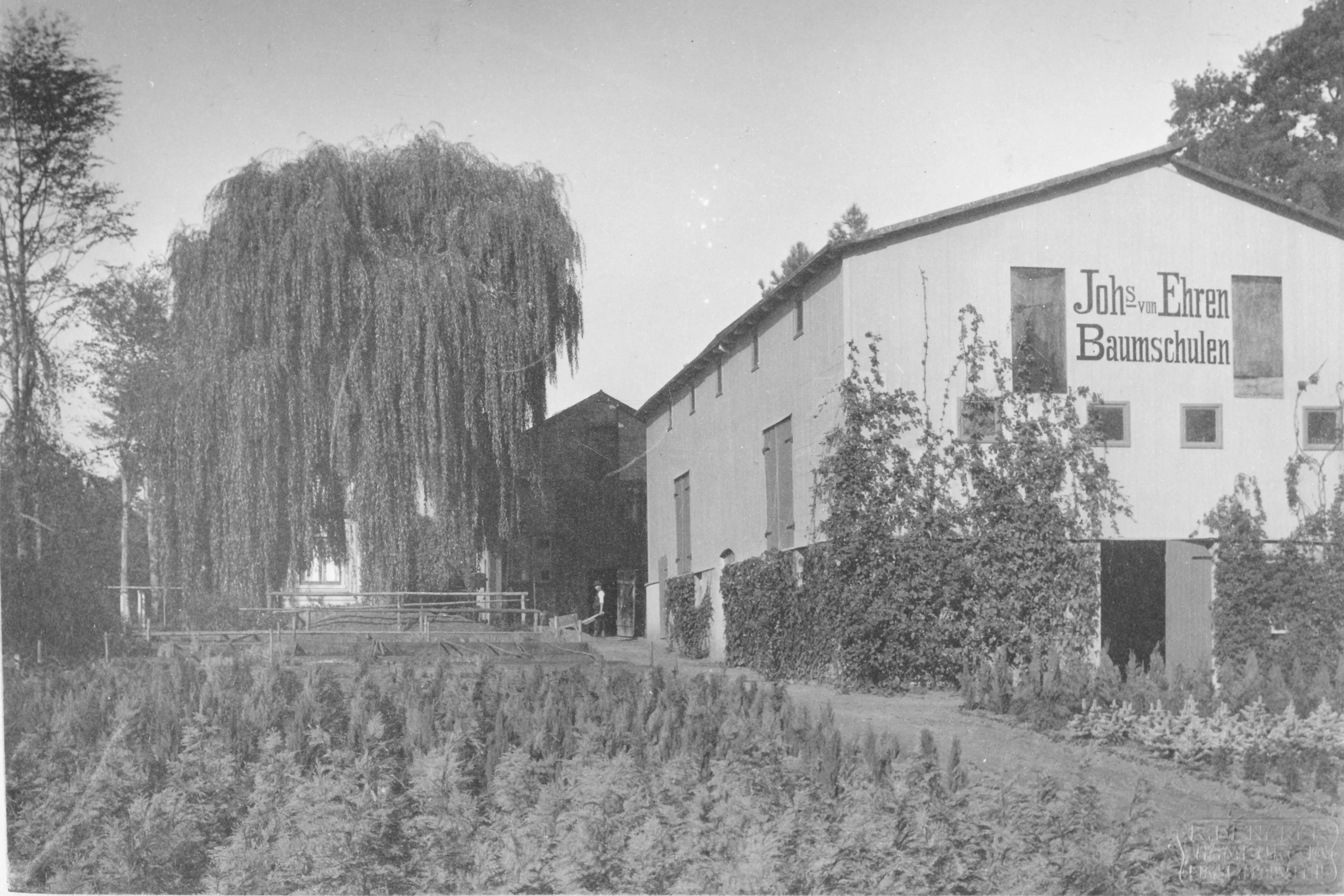
For more than 155 years, the name Lorenz von Ehren has stood for high-quality trees and shrubs, regardless of their size and age.
.webp)
Large trees as well as avenue trees, bonsais and solitaires, topiaries, rhododendrons, hedging elements, fruit trees and conifers are grown on a total of 600 ha in Hamburg and Bad Zwischenahn.
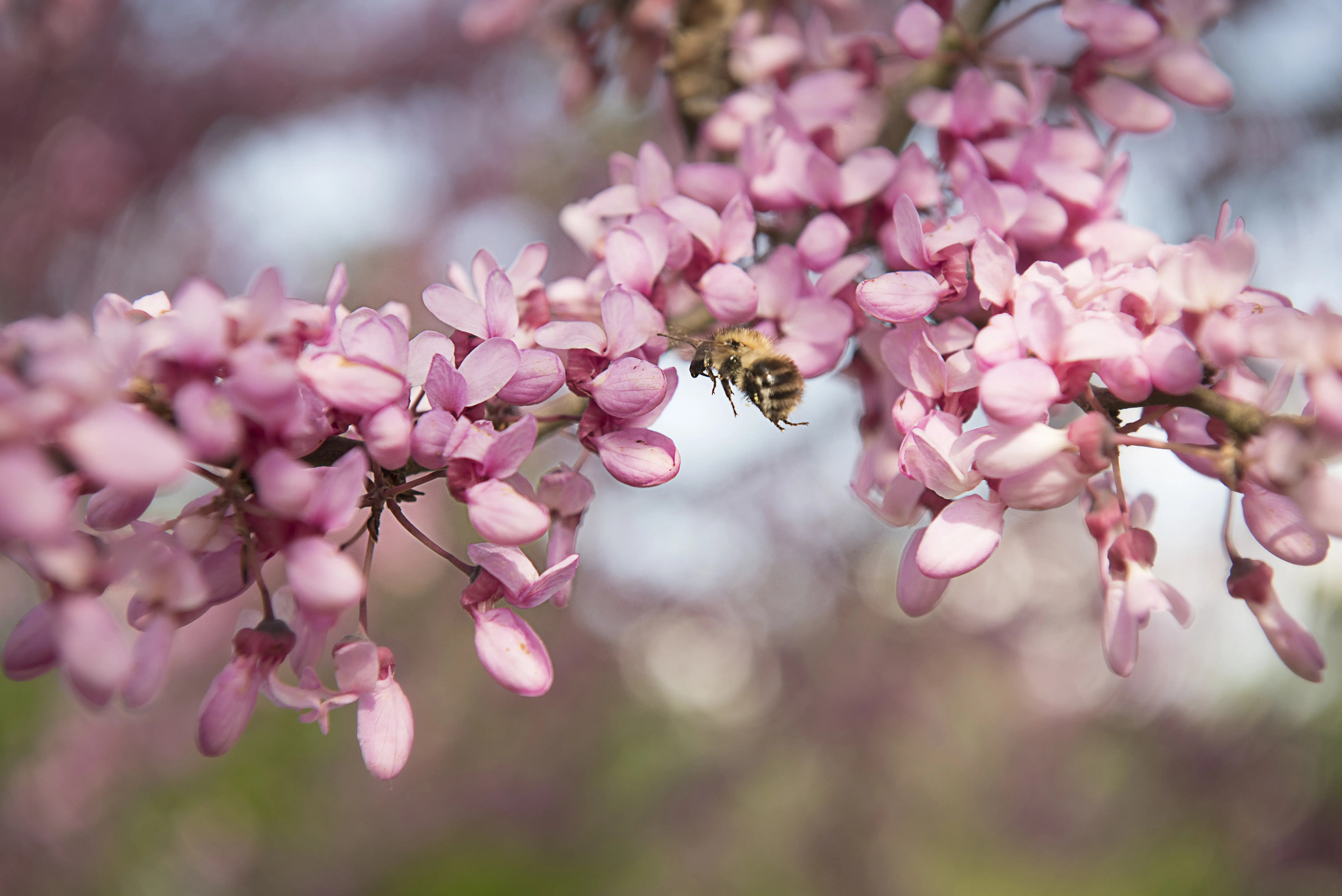
Strong and healthy plants only thrive on healthy soils. That is why we treat them with care. Sustainability is crucial to us, as we want all living around us to be in the very best condition.

